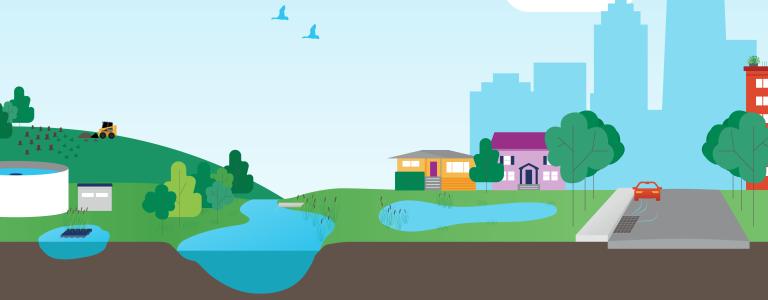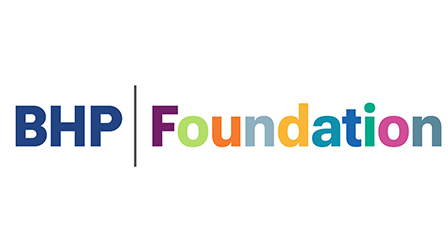Natural Infrastructure for Water Solutions (NIWS)
Taking natural infrastructure from novel to normal.
Natural Infrastructure for Water Solutions (NIWS) is scaling up natural infrastructure on Canada's Prairies—for cleaner water and more resilient communities. Natural infrastructure allows us to plan and work with nature to help meet infrastructure needs. NIWS hopes to take the idea of natural infrastructure from novel to normal, championing water infrastructure solutions in rural communities, cities, and government planning processes.
Working alongside stakeholders and champions from many sectors, we are:
- Making the business case for natural infrastructure, by demonstrating how impactful and cost-effective it can be
- Encouraging local municipalities to adopt more natural infrastructure projects
- Enabling access to funding for those who want to implement natural infrastructure
- Making sure that natural infrastructure is supported and championed by all levels of government.
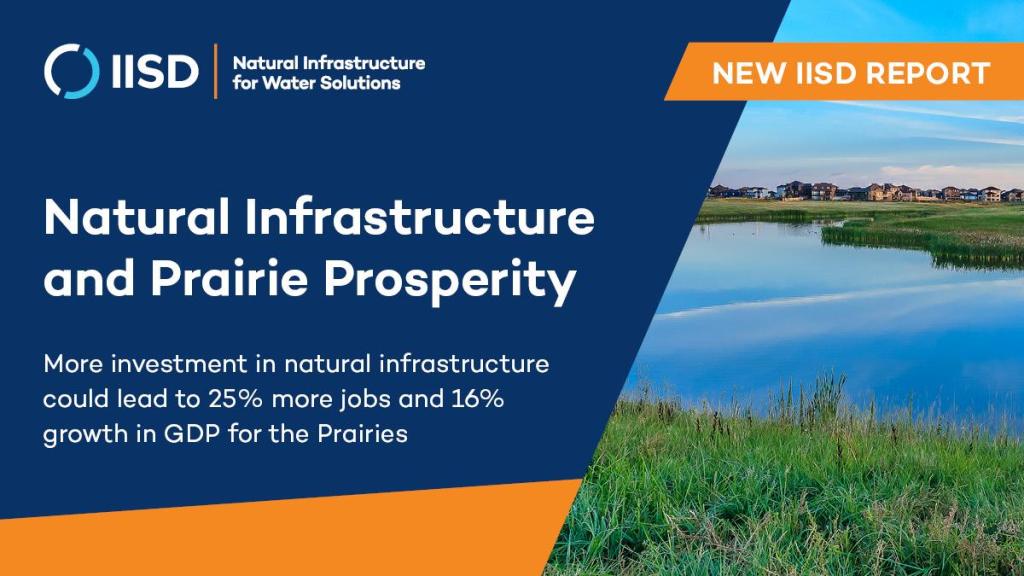
The natural infrastructure sector contributes billions to the Prairie-wide economy and creates jobs. Our latest REPORT shows the estimated direct contribution to the GDP of the Canadian Prairies was CAD 4.1 billion in 2022. It's also estimated the sector directly employed over 33,000 people in Alberta, Saskatchewan, and Manitoba. We need greater investment in this sector, which is required to treat and supply clean, fresh water to the millions who live on Canada's Prairies.
Why Natural Infrastructure?
Natural infrastructure is a way to plan and work with nature to meet our infrastructure needs.
In communities across the prairies, you probably have seen stormwater ponds in neighbourhoods, rain gardens, or green roofs—just a few examples of natural infrastructure. Preserved ecosystems such as wetlands (both natural and designed), restored ecosystems, like a replanted riparian area, or even a nature-based engineered feature, all provide water benefits and are natural infrastructure.
Natural infrastructure can provide specific infrastructure benefits, with the potential for many other social, economic, and environmental benefits. There is increasing evidence that natural infrastructure can deliver much-needed water outcomes cost efficiently while also providing areas for recreation, habitat to support wildlife, and improving the overall resilience of our communities.
Natural Infrastructure In Your Community
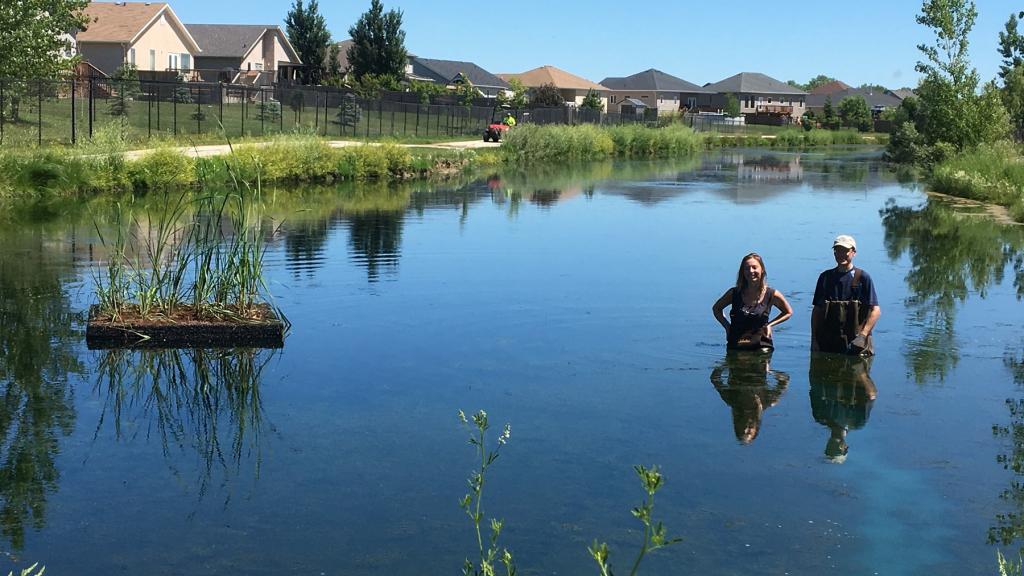
Floating treatment wetlands help keep our fresh water clean and healthy. These small artificial platforms are being used successfully in storm and wastewater management. Not only do the plants take up nutrients and contaminants themselves, the plant roots and floating island material provide extensive surface area for microbes to grow. The unique ecosystem that develops creates the potential to capture nutrients and transform common pollutants that would otherwise plague and harm our lakes into harmless byproducts.
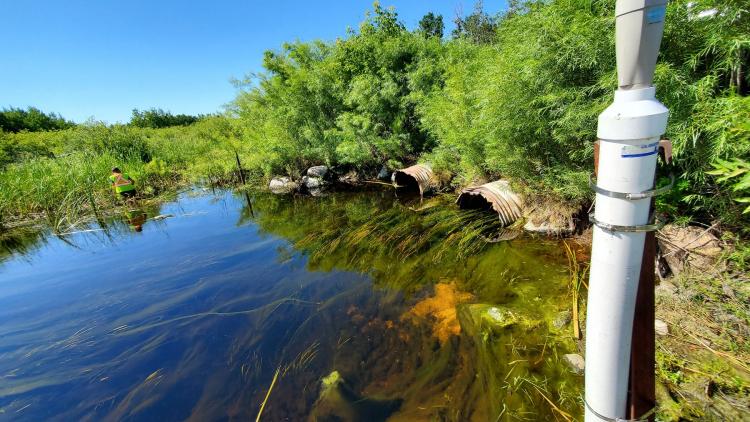
Water retention is natural infrastructure that can provide flood, drought, and water quality benefits, but also additional benefits as a result of water management and naturalized infrastructure—such as improved habitat, biodiversity, and even carbon storage. Monitoring both water quantity and quality allows us to better understand a site’s performance and the various influences that site design, operation, and maintenance have on enhancing it and other related co-benefits.
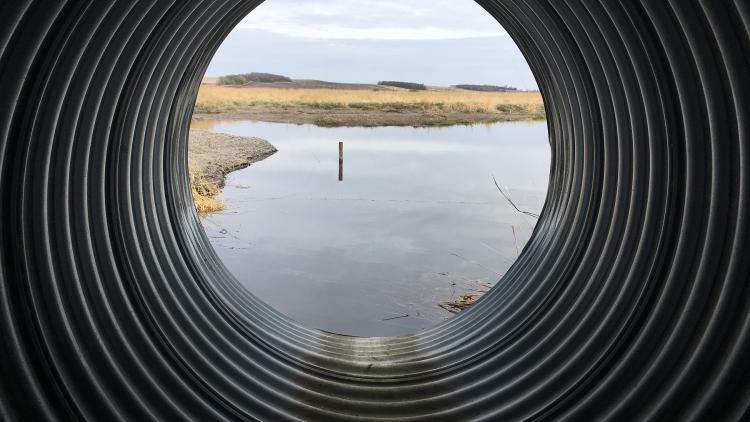
Natural wetlands being actively managed for flood control. The sustainable method of watershed management used in the Pelly's Lake Water Management Area project prevents excess nutrients from being put into the watershed, aids in habitat regeneration and the diversity of animals, and sees the cattails harvested at the end of the season for livestock bedding and other sustainable uses.
Sign up for our monthly NIWSletter to receive updates on NIWS and natural infrastructure news, funding, and more.
More NIWS
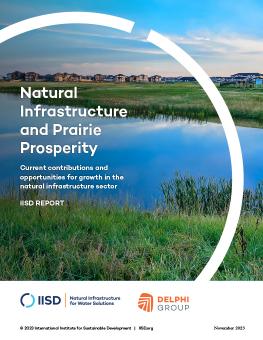
Natural Infrastructure and Prairie Prosperity
The natural infrastructure sector contributes billions to the Prairie-wide economy and creates jobs. More investment is needed.
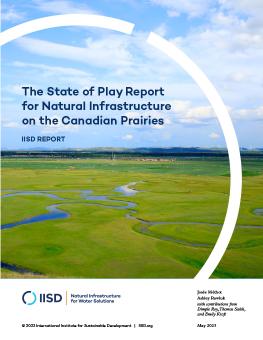
The State of Play of Natural Infrastructure on the Canadian Prairies
We sat down with key experts across the region and reviewed the latest literature to determine how we take natural infrastructure from novel to normal on Canada's Prairies.
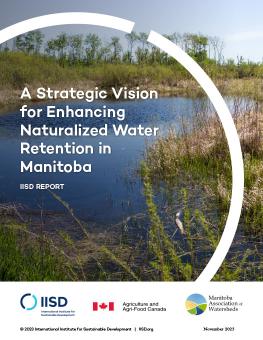
A Strategic Vision for Enhancing Naturalized Water Retention in Manitoba
Enhancing water retention infrastructure in Manitoba can provide numerous benefits, especially if it is naturalized and is located, designed, and maintained strategically.
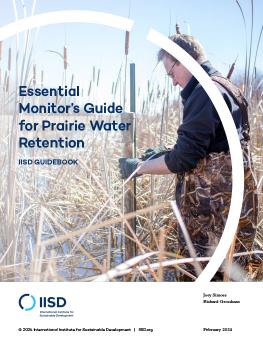
Essential Monitor's Guide for Prairie Water Retention
This guidance document aims to make water retention monitoring a more accessible practice from a technical standpoint by demystifying some of the considerations required to get started.
We need more natural infrastructure, and fast
While natural infrastructure alone could not have prevented the Red River spill, a well-funded hybrid system of grey and natural infrastructure will help mitigate the impacts of such disasters, and help prevent them happening again in the future, as well as support the Canadian environment, and the economy.
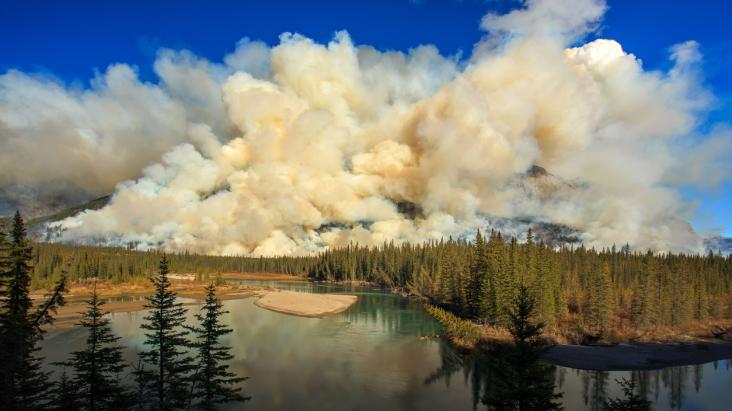
A focus on water can lessen climate change’s burn
Canadians need water infrastructure to protect us in the face of mounting risks of flooding, drought, extreme heat, and wildfires.
